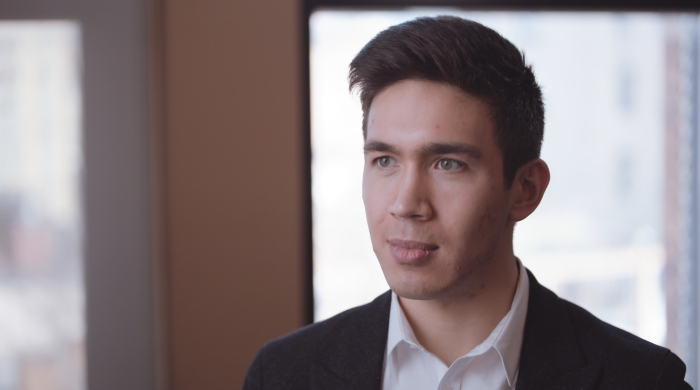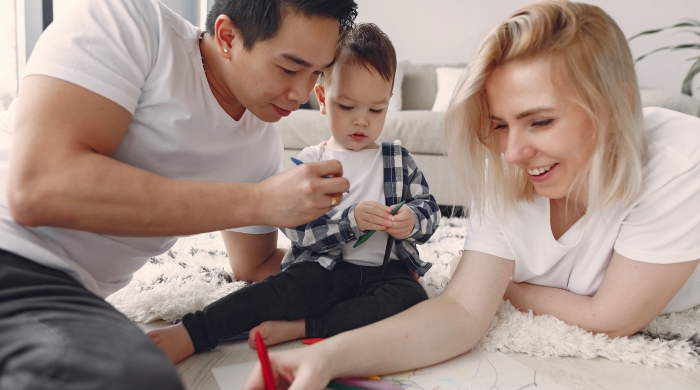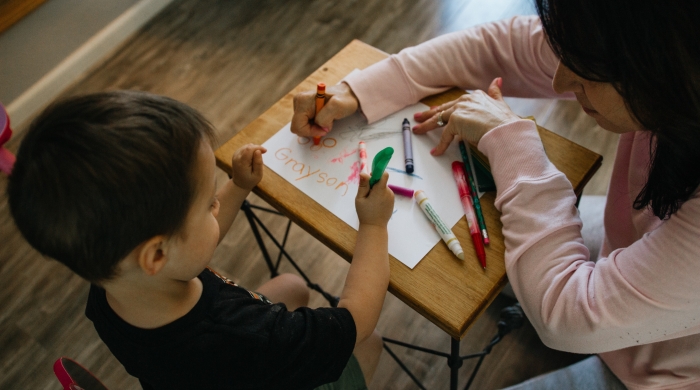
In 1999, New York City’s then-mayor Giuliani transferred school safety operations and administration to the NYPD. Not long after, in 2005, Michael Bloomberg furthered the incursion with the Impact Schools Initiative. Impact Schools drew on the “success” of Operation Impact, the NYPDs practice of data-driven hot-spot policing, using incident data from the NYPD and Department of Education to target high-crime schools. While it is difficult to prove that the introduction of policing strategies into the administration of school discipline and the introduction of law enforcement into schools directly led to increased rates of incarceration for the city’s school children, it is clear that during the 1990s and 2000s the tools of criminal justice were increasingly being used in New York City schools. These practices are part of a “school-to-prison pipeline”, or systems of policing and discipline in schools that lead to greater likelihood of incarceration later in life.
School discipline is an important issue in education and has been receiving increased interest from policy makers in recent years. Research has found that policies which remove students from the classroom, such as suspensions and expulsions, have significant negative impacts on students' learning. Furthermore, as is the case with New York City policing policies such as Stop and Frisk, data shows that students of color are disproportionately disciplined in schools. But, over the past thirty years, New York City schools have undergone waves of massive change with regards to school discipline. These changes illuminate parallels between strategies for maintaining discipline in schools and for maintaining law and order in society at large - parallels that suggest how both might be made more equitable, more constructive, and less punitive.
While the “policification” of schools is alarming in its own right, it is not the only example of the ideological and practical alignment of school discipline and criminal justice. The introduction of zero-tolerance policies to schools took off in 1994 with the federal Gun-Free Schools Act which mandated punishments for any student who brought a weapon to school. This was part of a broader paradigm shift away from letting teachers and principals decide consequences for students on a case by case basis — using discretion — and toward the mandatory imposition of certain punishments for certain infractions. This shift mirrors the adoption of determinate sentencing and mandatory minimums in criminal justice, which are widely believed to have been major contributors to the rise of mass incarceration at the end of the 20th century. In both cases, limiting the role of discretion on the part of administrators in the case of school discipline, and judges in the case of criminal justice, lead to increased rates of suspensions and incarceration respectively.
However, recent data from New York City complicates the implications of this phenomenon. In the 2011-2012 school year there were upwards of 60,000 suspensions of students from New York City schools. The following year the Children First Initiative changed the discipline code, expanding the category of infractions for which suspension was prohibited. In this case, administrators' ability to use their discretion in the imposition of suspensions was limited but with positive results —suspensions decreased precipitously the following school year. Interestingly, superintendent suspensions — the longer suspensions for more serious infractions — remained fairly stable over the period of the policy shift while shorter suspensions for less serious infractions declined. This suggests that reducing the number of infractions for which students could be suspended had no “broken windows” effect on overall school safety, much like what we have seen with crime and policing.
So what should we take away from these comparisons? In both instances punitive measures are overused and disproportionately affect people of color. In both instances we have seen evidence that reducing the use of punitive, exclusion-based practices does not negatively impact school or community safety. The role of discretion is important, and deserves further attention. In terms of school discipline, there has been a movement toward the adoption of alternative practices such as the expansion of teacher training in conflict de-escalation, restorative justice, and socio-emotional learning. These approaches seek to prevent harmful outbursts from occurring at all and focus students’ meeting needs, instead of removing them from schools. Research conducted on these approaches paints them as promising new directions for maintaining learning, order, and wellbeing in schools. We believe that these approaches represent a step in the right direction and could serve as a model for responses to disorderly behavior in both schools and in society more broadly.
Chelsea Daniels is an IES-PIRT fellow and 3rd-year PhD student in Sociology at GSAS. Fabian Barch is an IES-PIRT fellow and 4th-year PhD candidate in Sociology of Education at Steinhardt.
Related IES-PIRT Stories:
IES-PIRT
For over a decade, IHDSC and faculty from seven NYU academic units have trained incoming and advanced doctoral students from diverse backgrounds to become outstanding researchers in the educational sciences.
Taking Deep Breaths and Counting to Ten
IES-PIRT fellows and doctoral students in the Developmental Psychology program Daniel Suh and Jacob Schatz offer insight, suggestions, and resources for parents who now must become math teachers at home due to COVID-19.
Why Some Parents Choose “Lower Quality” Childcare — And That's OK
For many parents, the researcher-approved definition of "quality" may not align with their personal definitions of quality or, importantly, their childcare needs.




